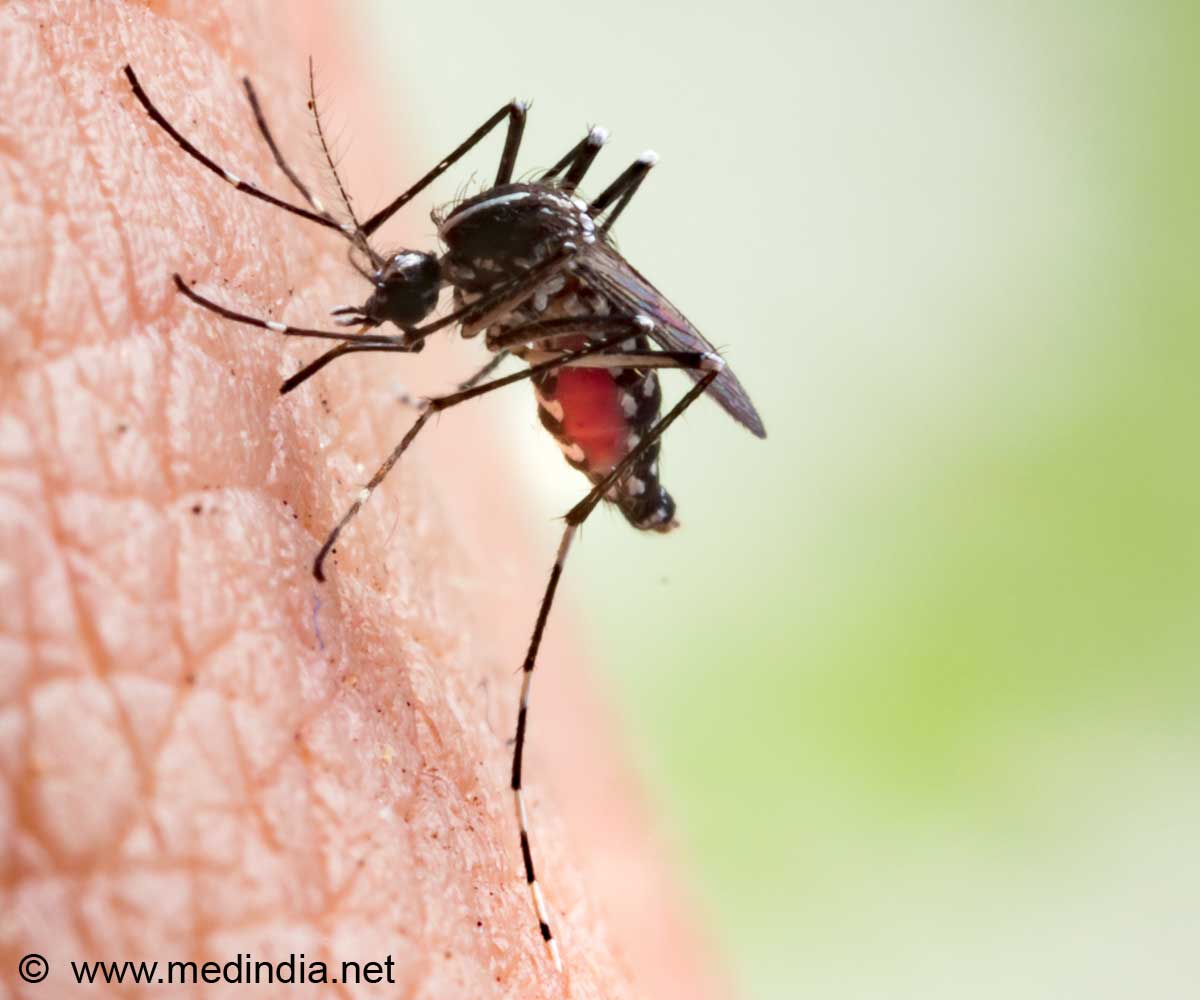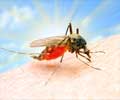
The basis of his worries is the study, in which he and his collaborators compared the ability of 35 populations of the two Aedes species to transmit three different genotypes of chikungunya. These populations ranged all over the Americas from Buenos Aires to Tyson, Missouri (near St. Louis.) Even in temperate Missouri, A. albopictus was found to have a high dissemination and transmission ability for two of the three chikungunya genotypes.
Chikungunya can cause severe joint pain, which can sometimes lead to permanent disability, according to the US Centers for Disease Control and Prevention. Mortality has been known to reach 1/1000. The virus' name reflects the condition of many of the stricken, "bent down or become contorted," in the Tanzanian Makonda language.
Transmission of chikungunya was first reported in the Americas in December of last year, on the Caribbean island of St. Martin. By February 5th, the disease had spread to nine additional Caribbean countries. "The danger of chikungunya virus spreading all over the tropical, subtropical, and even temperate regions of the Americas is a risk greater than ever," says Lourenco-de-Oliveira. "Our results showed that the [Americas are] very receptive and vulnerable to CHIKV [chikungunya virus] transmission, and extremely exposed to the occurrence of an immediate chikungunya epidemic, since most regions are highly infested with both vectors."
Source-Eurekalert











